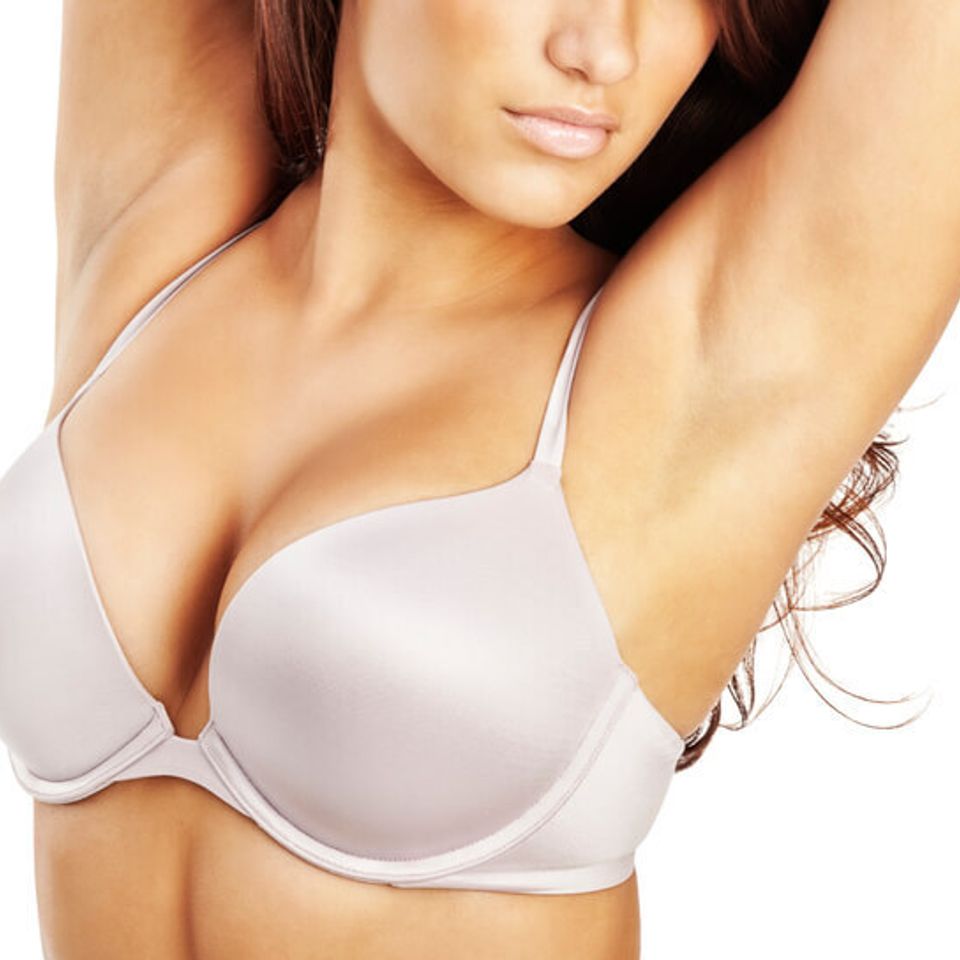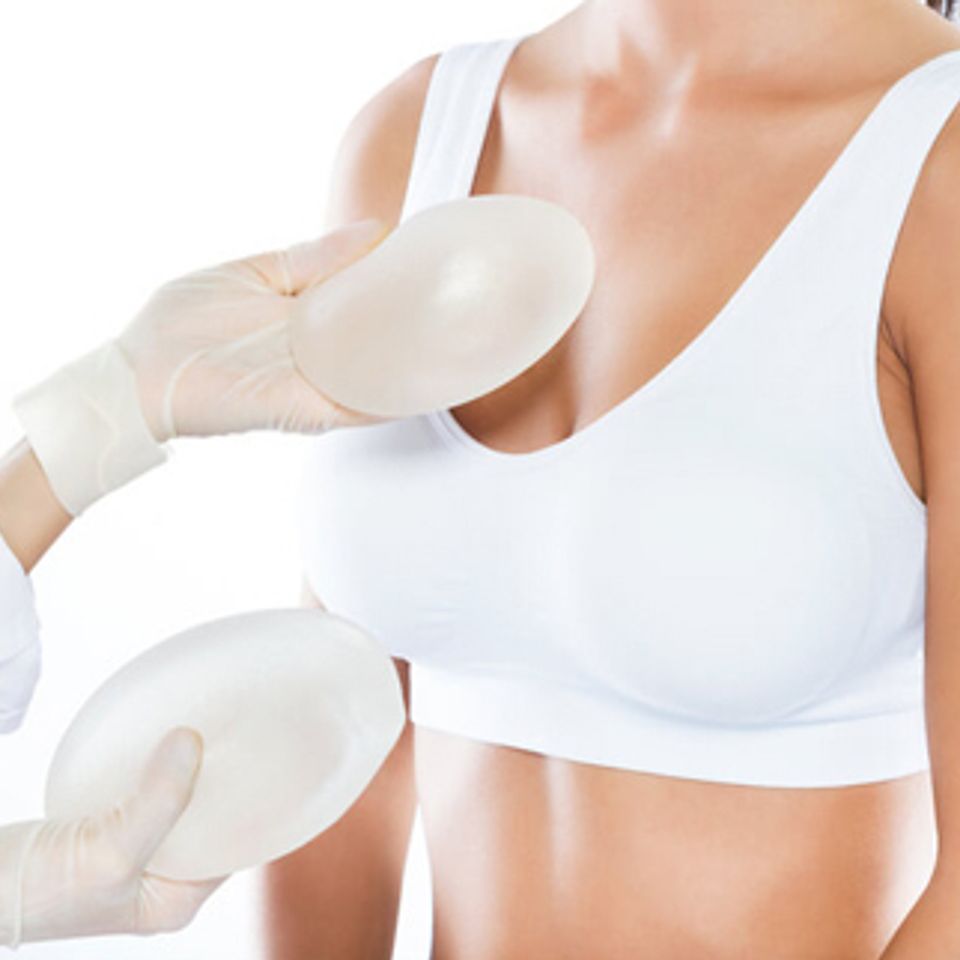
Know which breast implants are right for you
Breast implants are a type of medical prosthesis that is placed inside of the breasts in order to augment, reconstruct, or alter the physical form of the breasts during breast augmentation surgery and breast reconstruction surgery.
The best type, size, shape, and placement of implants depend on numerous medical and lifestyle factors that are unique to each patient's requirements and preferences for breast enhancement surgery.
In addition to selecting the material from which the implants are made, patients may also choose among a number of options regarding the shape and texture of their implants. If you are considering undergoing breast plastic surgery, contact the surgeons in Gainesville with Nesmith Plastic Surgery Center. Our cosmetic surgeons can help you select the implants ideal for your aesthetic and functional preferences.









